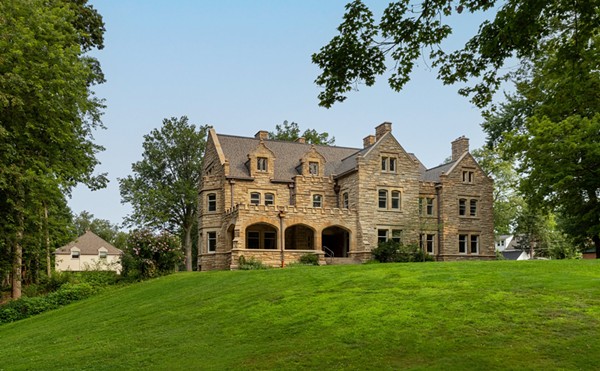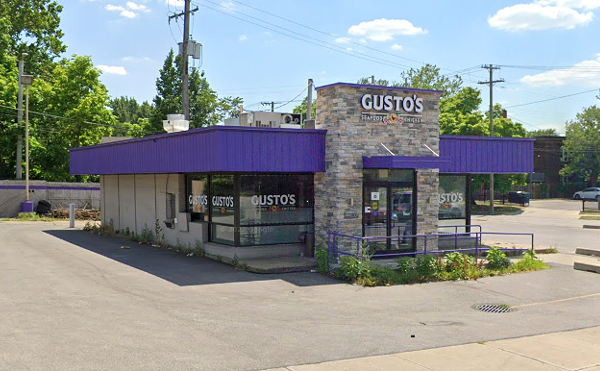In 2015, Melt bartender Eric Ho will open Cantina Distillery in Lakewood, and if all goes to plan, he'll release an American-style gin shortly thereafter. We chatted by phone about the oft maligned juniper-infused spirit.
Genever & London Dry Gin
Though people were infusing juniper berries into wine for medicinal purposes more than 1,000 years ago, what we now think of as gin dates back only to late 16th century Holland and the spice trade.
"The best way to transport spices from China and India and keep them from spoiling was to store them in alcohol," Ho explains. "Nobody really wanted to waste that booze, so they started drinking it." Genever, a juniper-forward distilled malt beverage, became the standard.
The British were first exposed to genever during the late 1500s when they joined Holland in the Eighty Years' War against Spain. "They called genever 'Dutch Courage' because they saw soldiers drink it before battle and saw how much it strengthened their resolve," Ho notes. They returned home with a taste for genever that they would later bring to the Americas. Genever remained popular here through the turn of the 19th century and beyond, when proto-cocktails called "bittered slings" began to emerge.
"At the time, people were still using pot stills to make genever-style gin, which meant that you could only distill in small batches," says Ho. This made repeat distillations cumbersome, and so the malt characteristic of the mash remained largely intact in the final product. "Think of genever as white whiskey infused with botanicals," he explained.
Genever changed with the advent of the column still in Great Britain in the 1820s. "With a column still, you could pump in mash at a continuous flow rate and end up with very highly rectified alcohol," Ho adds. That 95-percent pure spirit, when diluted — or "proofed" down — and infused with botanicals, provided a lighter, crisper alternative to genever, known around the world since as "London dry."
"When people today say that they don't like gin, what they usually mean is that they don't like London dry gin," Ho says. For some, London dry is a juniper bomb that reads as piney or Christmas tree-forward, especially when featured in a classic martini. To others, it is light, crisp and refreshing, ideal in drinks like the Tom Collins in which light, crisp and refreshing is precisely the point.
Beefeater, Bombay Sapphire and Tanqueray all are common examples of London dry gins, while Bols Genever is an example of the original style that is gaining popularity in craft cocktail bars around the country.
Old Tom Gin
A middle ground between London dry and genever-style gin, Old Tom grew to popularity in England in the late 18th century when Parliament enacted a number of taxes on gin and other spirits to curb consumption. The clandestine production of lower-quality gin became commonplace and sugar was often added to compensate for flaws.
New Western-Style Gin
Popularized by American micro-distilleries, New Western-style gin is any gin in which juniper is represented but is not necessarily the predominate ingredient.
"If you think you don't like gin, try Watershed Gin from Columbus," says Ho. "It's very citrus-forward. Allspice, cinnamon and juniper all play a background role." Hendrick's, a popular New Western-style gin from Scotland, uses cucumber and rose water to dilute its spirit down to its final proof.
"Because every New Western-style gin is so different from the other, I tend to use them in original house cocktails — tried and true cocktail ratios don't really play out as well," he adds.
Plymouth Gin
Both a brand name and a geographically protected variety, Plymouth gin is "a little more earthy, a little more complex, and a little more floral than London dry," according to Ho. As a nice middle ground between New Western style and London Dry, Plymouth is the perfect gin for your liquor cabinet if you're going to own just one.









